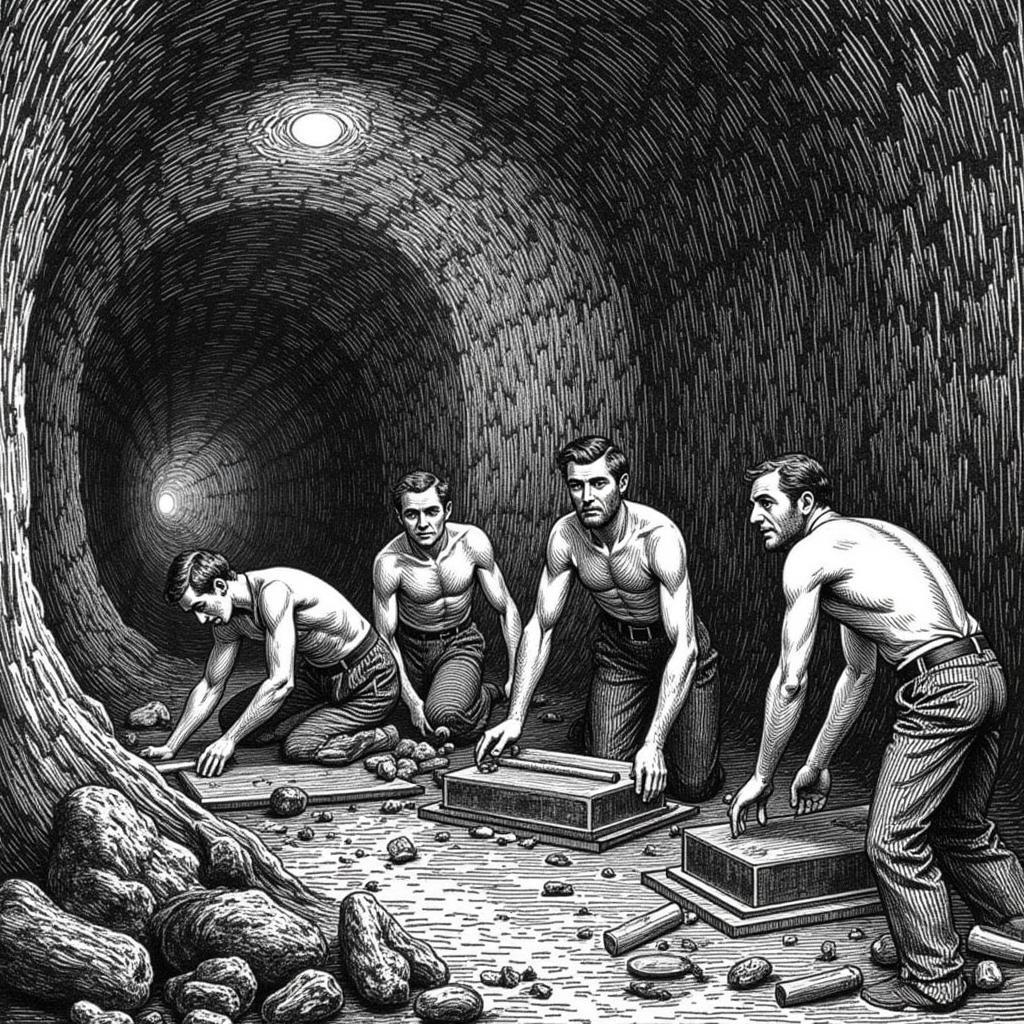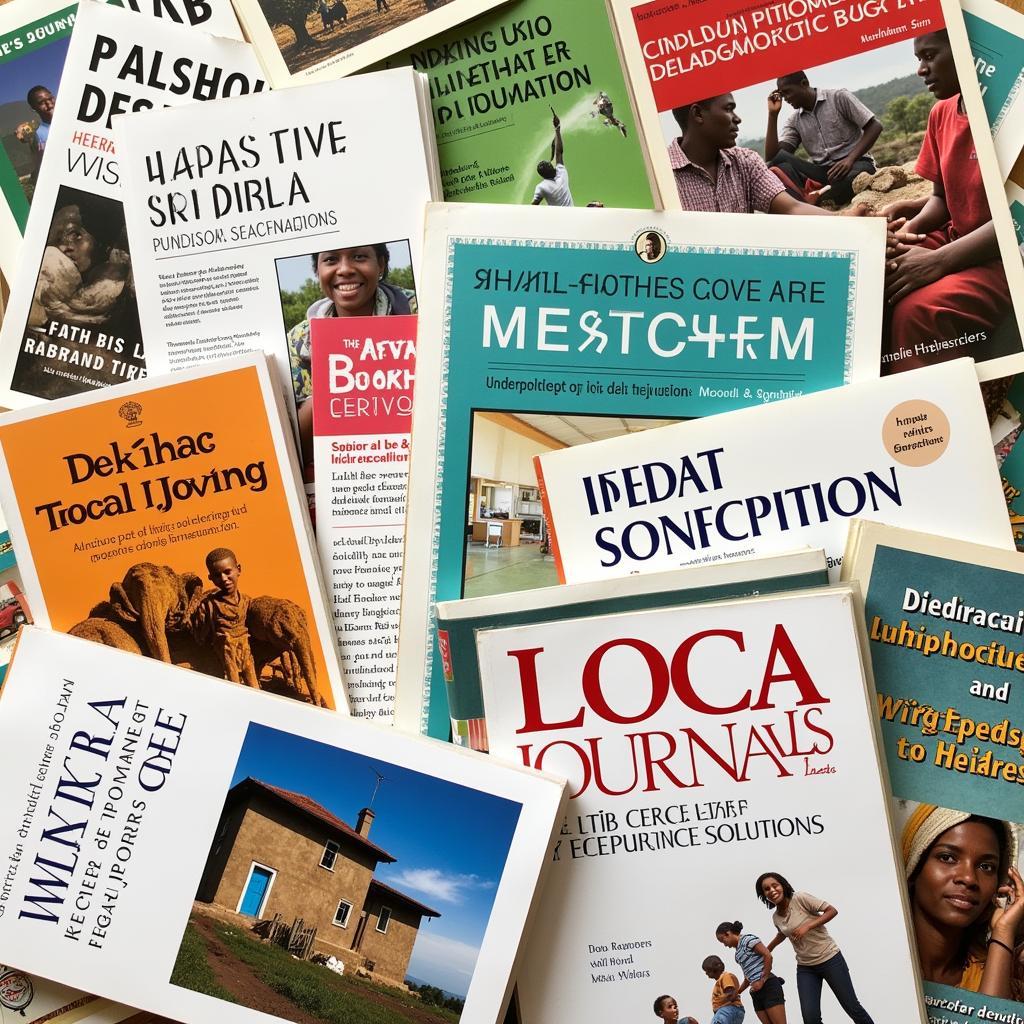A Deep Dive into African American Hairstyles: History, Trends, and Meaning
African American Hairstyles are more than just ways to style hair—they’re a powerful expression of identity, culture, and history. From the intricate braiding traditions of ancient Africa to the bold and innovative styles of today, Black hair has always been a source of pride and a symbol of resistance. In this article, we’ll explore the rich tapestry of African American hairstyles, delving into their origins, significance, and the evolving trends that continue to shape them.
From Ancient Roots to Modern Expressions: A Journey Through Time
The history of African American hairstyles is deeply intertwined with the continent’s diverse cultural heritage. In ancient Africa, hairstyles were used to communicate social status, tribal affiliation, and even marital status. For example, the intricate braids of the Fulani people in West Africa were adorned with beads and shells, symbolizing wealth and prestige. These traditions carried over to the African diaspora, becoming a powerful tool for preserving cultural identity during the transatlantic slave trade.
“African American hairstyles are a powerful expression of the resilience of the Black community. They represent a deep connection to our history and culture, and they allow us to express our individuality and creativity.” – Dr. Amina Johnson, Cultural Anthropologist
During slavery, enslaved Africans were often forced to cut their hair, a deliberate act of dehumanization and oppression. However, even under such brutal conditions, enslaved people found ways to maintain their hair traditions, using simple tools and techniques to create braids, twists, and locs. These hairstyles served as a means of communication, resistance, and cultural preservation.
Embracing Diversity: The Spectrum of African American Hairstyles
Today, African American hairstyles are incredibly diverse, reflecting the vibrant cultural landscape of the Black community. From natural curls and afros to braids, twists, and locs, there’s a style for everyone, celebrating individuality and embracing the natural beauty of Black hair.
Natural Hair: A Celebration of Black Beauty
The natural hair movement has been a powerful force in recent years, encouraging Black women to embrace their natural curls, coils, and kinks. This movement not only challenges Eurocentric beauty standards but also reclaims the power and beauty of Black hair.
“Natural hair is a symbol of strength, resilience, and self-acceptance. It’s about embracing our unique features and celebrating the beauty of Black hair in its purest form.” – Ms. Naomi Davis, Hair Stylist and Founder of “Curl Power”
Braids and Twists: A Legacy of Skill and Style
Braids and twists are a staple of African American hair styling, spanning centuries of tradition. From simple three-strand braids to intricate cornrows and intricate twists, these styles offer endless possibilities for creativity and expression.
“Braiding techniques are passed down through generations, connecting us to our ancestors and preserving our cultural heritage. Each braid tells a story, and each style is a unique expression of our identity.” – Mr. Jamal Harris, Braiding Specialist
Locs: A Journey of Growth and Transformation
Locs are a unique and versatile style that involves locking strands of hair together to create rope-like strands. This style has a spiritual significance for many, representing growth, strength, and the journey of life.
“Locs are more than just a hairstyle—they’re a statement of individuality, spirituality, and cultural pride. They represent a commitment to natural beauty and a journey of self-discovery.” – Ms. Kendra Wright, Loc Stylist
Navigating the World: Understanding the Societal Impact
Despite the beauty and cultural significance of African American hairstyles, they’ve also been subject to discrimination and prejudice. From policies that ban certain styles in schools and workplaces to the use of racial slurs and stereotypes, Black hair has been subjected to unfair judgments and societal pressures.
“It’s important to recognize that the way we wear our hair is often tied to our identity and how we are perceived in the world. We need to challenge these biases and create a more inclusive society where Black hair is celebrated and respected.” – Ms. Maya Jackson, Activist and Educator
Embracing the Future: Trends and Innovation
The world of African American hairstyles is constantly evolving, with new trends and innovations emerging all the time. From colorful extensions and bold cuts to natural hair care products and styling techniques, the possibilities are endless.
Hair Care: Prioritizing Health and Wellness
As the natural hair movement continues to grow, so too does the demand for healthy hair care products and practices. African American hair is unique and requires special attention to maintain its health and vibrancy.
“Healthy hair is beautiful hair. It’s essential to use products specifically designed for our hair type and to follow a consistent hair care routine.” – Dr. Michelle Brown, Dermatologist specializing in Hair Care
Breaking Barriers: Challenging Societal Norms
African American hairstylists are constantly pushing the boundaries of creativity and challenging societal norms. From embracing natural textures to creating bold and avant-garde styles, they’re demonstrating the power and versatility of Black hair.
“We’re no longer limited by the expectations of the past. We’re using hair as a canvas for self-expression, creativity, and cultural pride.” – Mr. David Walker, Fashion and Beauty Editor
FAQ
1. What are some of the most popular African American hairstyles?
Some of the most popular African American hairstyles include natural curls, afros, braids, twists, locs, cornrows, and weaves.
2. How can I find a hairstylist who specializes in African American hair?
You can find a hairstylist who specializes in African American hair by asking for recommendations from friends and family, searching online directories, or visiting local salons that specifically cater to Black hair.
3. What are some tips for caring for African American hair?
To care for African American hair, it’s important to use products specifically designed for your hair type, moisturize regularly, avoid excessive heat styling, and get regular trims.
4. How can I embrace my natural hair texture?
Embracing your natural hair texture can be a journey of self-discovery. It’s important to be patient and to experiment with different products and styles to find what works best for you.
5. How can I contribute to the fight against hair discrimination?
You can contribute to the fight against hair discrimination by speaking out against bias, supporting Black-owned hair salons and businesses, and educating yourself and others about the cultural significance of African American hairstyles.
6. What are some of the upcoming trends in African American hairstyles?
Upcoming trends in African American hairstyles include more bold colors, intricate braiding patterns, and a continued emphasis on natural hair care and styling techniques.
7. What are some resources for learning more about African American hairstyles?
You can learn more about African American hairstyles by visiting websites, blogs, and social media accounts dedicated to Black hair, reading books and articles about hair history and culture, and attending workshops and events focused on hair care and styling.
Embracing the Rich Tapestry of African American Hairstyles
African American hairstyles are a testament to the beauty, resilience, and cultural richness of the Black community. From their ancient roots to the bold and innovative styles of today, these hairstyles continue to be a powerful expression of identity, history, and creativity. As we continue to challenge societal biases and celebrate the diversity of Black hair, let’s embrace the beauty, power, and cultural significance of these remarkable styles.

